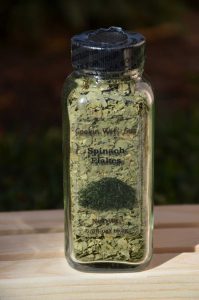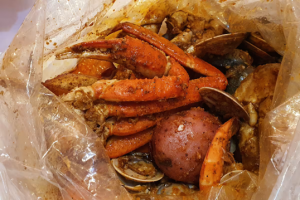Hot Sauces
Everyone’s heard of hot sauce. Nearly every nation has its own cultural rendition of a spicy condiment to enhance the flavor of its food. While hot sauce has been popular in the U.S. for decades, it’s become increasingly popular in recent years. Hot sauce is more than just a common part of street food. There is a science behind how spicy each sauce is, as well as a history of hot sauce’s origins. Most hot sauce is a combination of chili peppers, vinegar, and salt. Many hot sauces are fermented to add a funky flavor element. They can be liquid or paste, green, red, or even brown. While there are other spicy condiments that get their heat from ingredients that aren’t chilies (Mustard sauce, Wasabi, Horseradish). We’ll just focus on chili-based sauces.
The world of Hot Sauces is as wide as it is deep !! We have scanned the plains and and valleys and are pleased to offer this array of sauces for the discerning tastes for sauces. There’s almost nothing people won’t use Hot Sauce on and Gus would be remiss by NOT adding these sauces to our lineup.
Heat Indexing:
There is no real consensus as to what sauces should be hot, medium, mild, or molten. Based on our research categories in our store are close to widespread agreement on what should be in which category. If you find something you feel should be in a different category, please write a review. We will do the needful. In short, if we have large numbers that say something should be in a different category we may move it.
Most sources agree that hot sauce is an ancient invention that goes back as far as Mayan times. The first hot sauces were likely just a mixture of peppers and water, but it didn’t take long for people to begin breeding pepper plants to develop the most desirable traits in their peppers. Then, as with most foods, colonization led hot sauce to be evolved even further by introducing ingredients from other parts of the world. Those ingredients are vinegar and other spices. It didn’t take long for spicy flavors to reach all corners of the globe after that.
In the 19th century, the Tabasco company brought hot sauce into the commercial scene by bottling and selling their products, mainly to hotels and restaurants. And today, there are countless varieties of hot sauce covering a broad spectrum of flavors, from sriracha to buffalo sauce.
While tasting spiciness can be a somewhat subjective thing, measuring the chemicals on the Scoville scale provides an objective means of communicating just how hot something is. And while chili peppers may come in all different shapes, sizes, colors, flavors, and even spellings. The fact that spicy foods can be found in nearly every country on earth is a unifying quality.
History:
Humans have enjoyed hot sauce since ancient times and, as with so many foods, it can serve as an international language to bring different people together and find common ground. So, whether you’re seeking to challenge yourself to taste the spiciest hot sauce on the planet, or you are simply interested in exploring the nuanced flavors of artisanal sauces. There’s certainly a hot sauce out there for you to enjoy.
Bon Appétit !!!!








